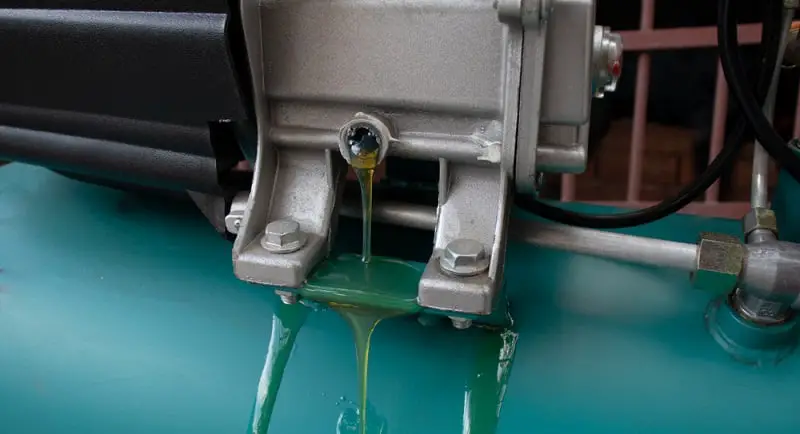
As you may already know, there are two primary types of air compressor systems, at least when it comes to discussing oil use. The two primary classes of air compressors are lubricated air compressors and oil-free air compressors. As the names imply, an oil-free air compressor operates without oil lubrication (in the chamber), while lubricated air compressors are oil-lubricated.
Today, we will be discussing lubricated air compressors in greater detail.
What is a Lubricated Air Compressor?
Air compressors work by way of a rotary element or a piston, which sucks in air and compresses it to be stored in a storage tank. Due to the fast and consistent movement of the piston or rotary elements in lubricated air compressors, they are generally in need of some lubrication in order for the operation to be smooth and trouble-free.
Furthermore, due to the high pressure and high temperatures within the chamber, oil is needed to maintain a good condition of the metal components. The oil serves as a lubricant to help keep the components moving smoothly while also preventing overheating.
How Does an Air Compressor Lubrication System Work?
The thing is, this depends on the type of air compressor (such as a rotary or piston compressor) you have. For instance, a rotary compressor pulls oil from a sump which is fed through an oil cooler prior to being injected into the pump. It then passes through an oil filter before being injected into the air end for use as lubrication and protectant. From there, the oil enters an oil-air separation process, where oil is separated from the compressed air and filter before returning to the sump.
However, most lubrication systems in air compressors work much like this:
Oil is stored in a reservoir. In order for the oil to be dispersed into the compressor and the gears and other components, it is drawn via pumps. These pumps then pressure feed oil to the components.
Once the oil has lubricated each component properly, such as the bearings, the oil then drains right back into the oil reservoir. The oil doesn’t stay here for the remainder of your compressor’s operation, of course. Instead, the oil is cycled throughout the system anywhere between eight to twelve times for every hour of machine operation. Oil flow to the bearings of the compressor is regulated via orifices, which helps to regulate pressure at each lubrication point.
Other Functions of the Lubrication System
The oil reservoirs are also usually responsible for providing preheating in cold start-up situations as well as cooling abilities during extreme use of the machine. As you may know already, the auxiliary oil pump is activated by a pressure switch system. Whenever the oil pressure dips under a pre-set limit, a secondary pressure switch is triggered to shut down the compressor train.
Of course, the oil in your air compressor system needs to be cleaned for constant reuse. This is all done internally. When it comes to filtering the oil, filters clean the oil right before it gets to certain lubrication points.
Related Video:
https://www.youtube.com/watch?v=9FXUUeRFKX0
